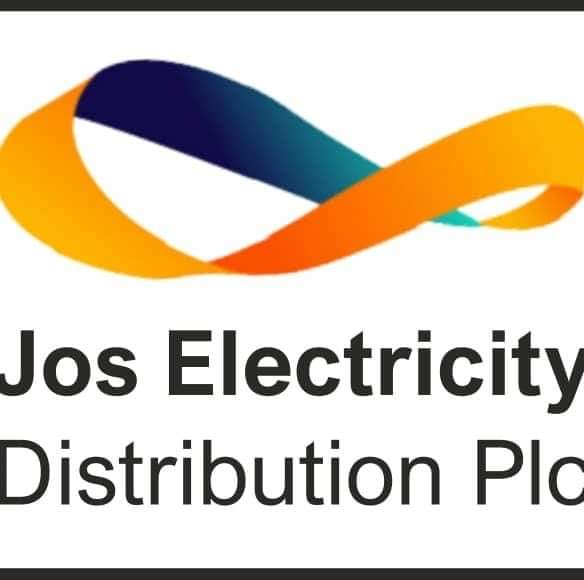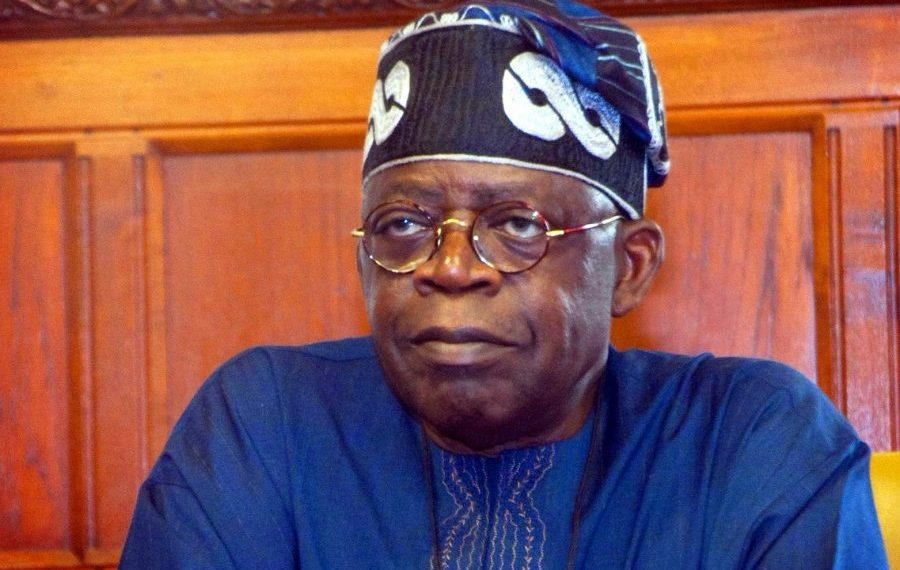In recent years, much of the focus of the Nigerian security architecture was on how to finally stamp out the Boko Haram insurgency. Given the impunity which triggered the bloody challenge of the authority of the Nigerian State in the first place, the initial perception was that the situation, which would be routinely dealt with. As the insurgency raged on for over one decade, the authorities soon realized that the fight was not going to be won and lost at the battlefield. Reality eventually dawned that it was a fight to win the hearts and mind of the people at the grassroots and defeat the ideology fueling the conflict in the first place.
Eventually, when the intensity of the insurgents’ attacks reduced, Nigeria’s securocrats in concert with civilian authorities became preoccupied with the task of ensuring internally displaced people return to their homes. However, the important question of how to ensure justice by holding to account the perpetrators of human rights violations, while the insurgency lasted, has remained unanswered. Apart from the low success rate in prosecuting perpetrators of crimes and human rights violations in the regular courts, there is the huge knowledge gap in terms of existing community-driven accountability mechanism.
Part of this gap in knowledge has been filled with the treasure trove of data provided in a recent report released by the Centre for Democracy and Development (CDD). Authored by the immediate past Director of the Centre, Idayat Hassan, the report delves into how the concept of Transitional Justice (TJ) can be achieved. Transitional justice is broadly defined as a mechanism to help a society deal with a legacy of mass violation of human rights and violence. In practice, Transitional Justice is valuable because it facilitates processes, which ensure victims of mass atrocities and human rights abuses get justice, while ensuring perpetrators are punished for the crimes they committed.
Importantly, the 21-page report offers a rare insight into previous and ongoing efforts to trial key processes towards achieving the overarching goal of Transitional Justice. With specific reference to the Northeast, which continues to grapple with the mind-boggling violence unleashed by the insurgency, the report offers perspectives about existing community approaches to truth, reconciliation and healing. delves into how the concept of Transitional Justice is being trialled in Nigeria’s Northeast following the legacies of violence and discord that followed the Boko Haram insurgency and extremist attacks. The report goes on to present Transitional Justice as an increasingly prominent tool in peacebuilding and conflict resolution. In its earlier uses in Nigeria, Transitional Justice has found expression in attempts to resolve conflicts, such as the “no victor, no vanquished” mantra, which was introduced by the Nigerian government after the civil war in 1970s.
One very important point raised in the report is the nuanced analysis of the fact that the Northeast conflict is an extremely difficult one. According to the author, the difficulty of the conflict comes from the fact that there is hardly any household that does not have either a victim or a perpetrator. “While citizens claim to be the victims of the conflict, the men of the security agencies battling the insurgents also claim to have lost limbs, loved ones and even opportunities to be with their families. Members of the Civilian Joint Task Force (CJTF), a volunteer vigilante force, claim that they are victims of unlawful detention by security forces, subjected to arson and destruction of property by citizens whereas citizens also accuses them of assault and intimidation amongst other vices.” The writer therefore stressed that given the difficult nature of the conflict, it has put stakeholders in the dilemma between peace, reconciliation and justice.
As such, the report advocates that any Transitional Justice effort must recognise the complex and overlapping nature of the conflict dynamics and actors. It notes that “An inclusive process must also recognise that victim and perpetrator identities are not static and change over time, both at the individual and the societal levels. Farmers suffered arson, destruction of their crops, internal displacement, extrajudicial killings, and sexual and gender-based violence.
“Herders suffered cattle rustling, sexual and gender-based violence, extrajudicial killings, arson and destruction of property, and displacement. Even Boko Haram fighters can be seen as victims in some instances. It is estimated that over 85% of Boko Haram’s foot soldiers in the forests were forcefully conscripted. In designing a TJ mechanism for the Northeast, the issue of victimhood at an individual and collective level, as well as who is a perpetrator, must be addressed for sustainable peace.”
Subsequently, the report recognizes that in the Northeast, existing informal justice mechanisms were functioning organically prior to the Boko Haram violence. It also notes that these mechanisms historically resolved low level disputes and conflicts but are now being repurposed to serve as some forms of TJ mechanisms in the Boko Haram insurgency.
“These structures are largely participatory and focus on mediation and arbitration by community leaders, religious leaders, elders and family members and community elders as interlocutors. For instance, in Ganye LGA of Adamawa state, there are three major ethnic groups: Chamba, Fulani, and Hausa. For each group, the customary justice approaches on addressing issues differ from the other groups based on their cultural practices. But all of these informal justice mechanisms encompass reparations, truth telling and seek to ensure guarantees around non-reoccurrence.
“According to the research, 78% of community members perceive justice as focused on dialogue, reconciliation, forgiveness, reparation and compensation, both material and non-material measures that include public apology and sympathizing with the victims to console them.”
On the flipside however, the report notes that a challenge apparent in the informal justice system is the lack of institutionalisation and formal documentation or government backing. It read: “Most of the structures in existence and currently being implemented are either traditional justice approaches adapted to address the current situation or structures created and enabled by civil society to help adapt to the existing situation. They thus lack the force of the law and ability to sign off on any resolution reached. At times, the structures are also top down and lack inclusion of relevant stakeholders which can impact on people’s trust in it.
“Importantly, these mechanisms are not designed to address the core institutional challenges and root causes of the conflicts, and, in the worst-case scenario, they can even further exacerbate such challenges and causes. For example, in Southern Borno, which is predominantly Christian, and where religion is identified as a conflict driver, convening a peace meeting solely of clerics could threaten or widen the religious divides.”
To overcome the challenges inherent in the adoption of Transitional Justice approaches, the report calls for more robust responses to strengthen the necessary support systems and deepen impact. Part of the support systems is the need for collaboration among all the actors, especially the many national and international organizations working in the Northeast. The report equally notes that concerted efforts are needed to ensure that the humanitarian issues do not relegate the underlying and fundamental issues to the background.
“Secondly, given the religious origins of the crisis and the spiritual significance of forgiveness and healing in the different religious practices in the Borno, Adamawa and Yobe (BAY) states (Christianity, Islam and the traditional religion), religion should be leveraged responsibly in a way that does not inflame religious tensions or further create divides. Increased gender representation at the level of policy design and ensuring gender sensitive implementation of transitional justice efforts are also critical.
“Finally, effectively managing the delicate process of navigating accountability versus creating safe pathways for many more to leave the conflict is critical. An extensive community driven, community owned process of truth and reconciliation, healing, and social cohesion that supports effective transformation and prevents local conflict and recidivism and prevents pathways into insurgency in the future are ultimately the outcome that reformed TJ offerings can provide.”























